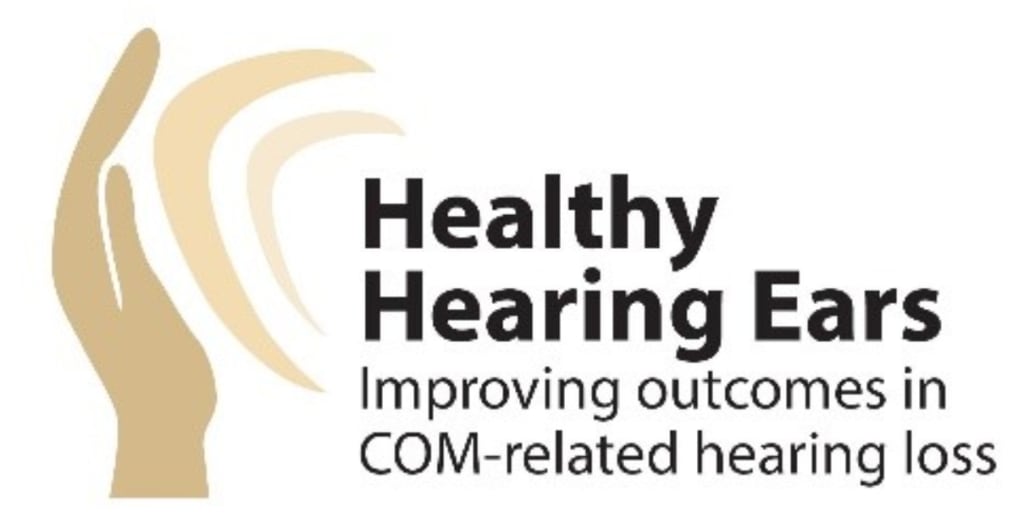Ten Habits for your Best Hearing Health
support a healthy hearing

### How to Help Someone Who Is Hard of Hearing: A Guide for Supportive Communication
In today's diverse and inclusive world, it's important to be aware of the needs of those around us, especially when it comes to communication. With millions of people experiencing hearing loss to some degree, knowing how to effectively interact with someone who is hard of hearing can greatly enhance their daily experiences and our mutual interactions. Whether it's a friend, family member, coworker, or stranger, there are simple yet impactful ways to facilitate better communication. Here’s how you can help:
#### 1. **Get Their Attention**
Before you start speaking, ensure that the person is aware that you want to communicate with them. This can be done by gently tapping their shoulder, waving your hand, or making eye contact. This way, they can focus on you and not miss the beginning of the conversation.
#### 2. **Face Them Directly**
When speaking, face the person directly and ensure your face is visible. Many people who are hard of hearing rely on lip reading and facial expressions to supplement their hearing. Good lighting is also crucial, as it makes it easier for them to see your lips and face.
#### 3. **Speak Clearly and Naturally**
Enunciate your words clearly without exaggerating or shouting. Speaking too slowly or too quickly can make it more difficult for the person to understand. Maintain your normal tone of voice unless asked to speak louder. Shouting can distort sounds and make it harder to understand speech.
#### 4. **Reduce Background Noise**
Background noise can be a significant barrier to communication for someone who is hard of hearing. Try to find a quiet place to talk and minimize noise from TVs, radios, or other conversations. If you're in a group setting, encourage everyone to take turns speaking.
#### 5. **Use Visual Aids and Gestures**
Supplement your speech with visual cues and gestures. Pointing to objects, using hand signals, or writing things down can provide clarity. Don’t hesitate to use your phone or a notepad to jot down important points.
#### 6. **Rephrase Instead of Repeating**
If the person doesn't understand something, rephrase your sentence rather than repeating the same words. Certain phrases might be easier for them to understand than others. Changing the wording can make a big difference.
#### 7. **Confirm Understanding**
After conveying important information, ensure that the person has understood by asking them to repeat it back to you or summarize it in their own words. This confirmation helps avoid misunderstandings and ensures that both parties are on the same page.
#### 8. **Be Patient and Supportive**
Patience is key. Give the person extra time to process information and respond. Avoid interrupting or finishing their sentences. Show understanding and empathy, and let them know that you're willing to repeat or clarify as needed.
#### 9. **Learn Basic Sign Language**
If you frequently interact with someone who uses sign language, consider learning some basic signs. This effort shows respect and a willingness to bridge the communication gap. Even knowing a few common signs can be incredibly helpful and appreciated.
#### 10. **Utilize Technology**
There are numerous assistive technologies designed to help those with hearing loss. Encourage the use of hearing aids, amplified phones, or apps that convert speech to text. Video calls can be more effective than phone calls as they allow for visual cues and lip reading.
#### 11. **Be Mindful of Your Expressions and Body Language**
Non-verbal communication plays a huge role. Be aware of your body language and facial expressions, as these can provide context and emotional cues. A friendly demeanor and positive body language can make communication more effective and pleasant.
#### 12. **Educate Yourself and Others**
Understanding hearing loss and its impact can improve how you communicate with those affected. Educate yourself and others around you about best practices. Promoting awareness helps create a more inclusive environment for everyone.Quietum Plus Reviews
### Conclusion
Communicating with someone who is hard of hearing doesn't have to be challenging. By making a few thoughtful adjustments, you can foster better understanding and create a more inclusive atmosphere. Whether it's through clear speech, visual aids, or just showing patience and empathy, your efforts will make a significant difference. Remember, effective communication is a shared responsibility, and being mindful of these practices helps ensure everyone feels heard and valued.
About the Creator
peter
Content about cars, motorbikes, technology, news
Enjoyed the story? Support the Creator.
Subscribe for free to receive all their stories in your feed. You could also pledge your support or give them a one-off tip, letting them know you appreciate their work.






Comments
There are no comments for this story
Be the first to respond and start the conversation.